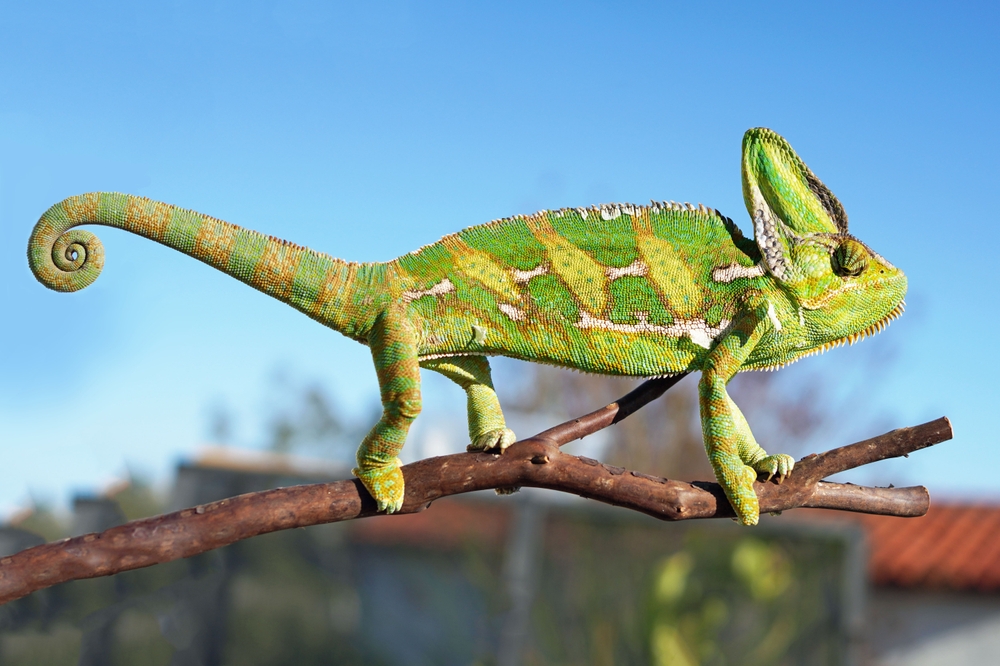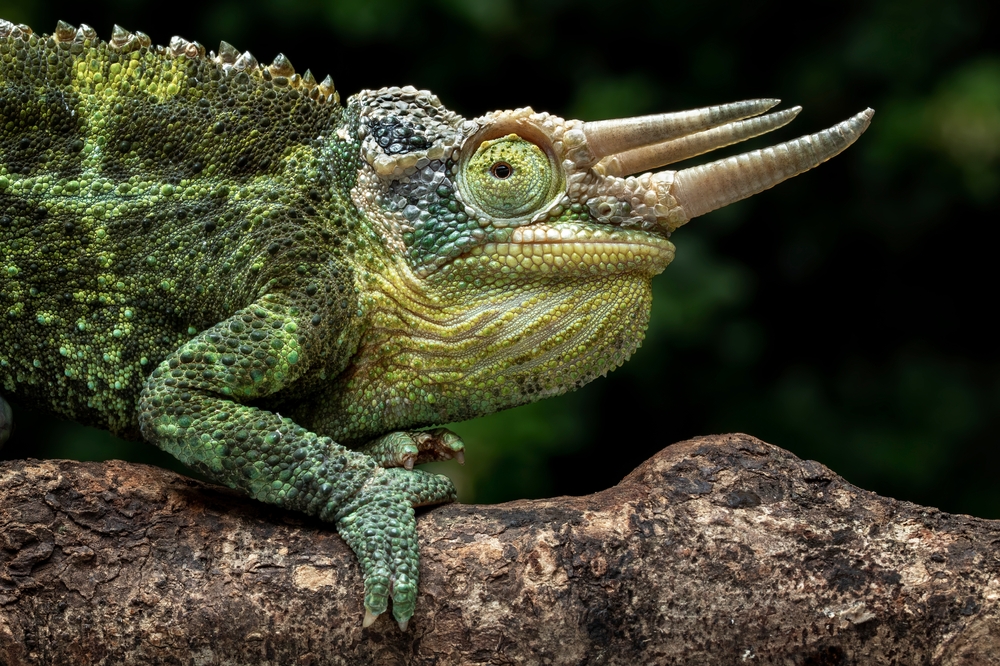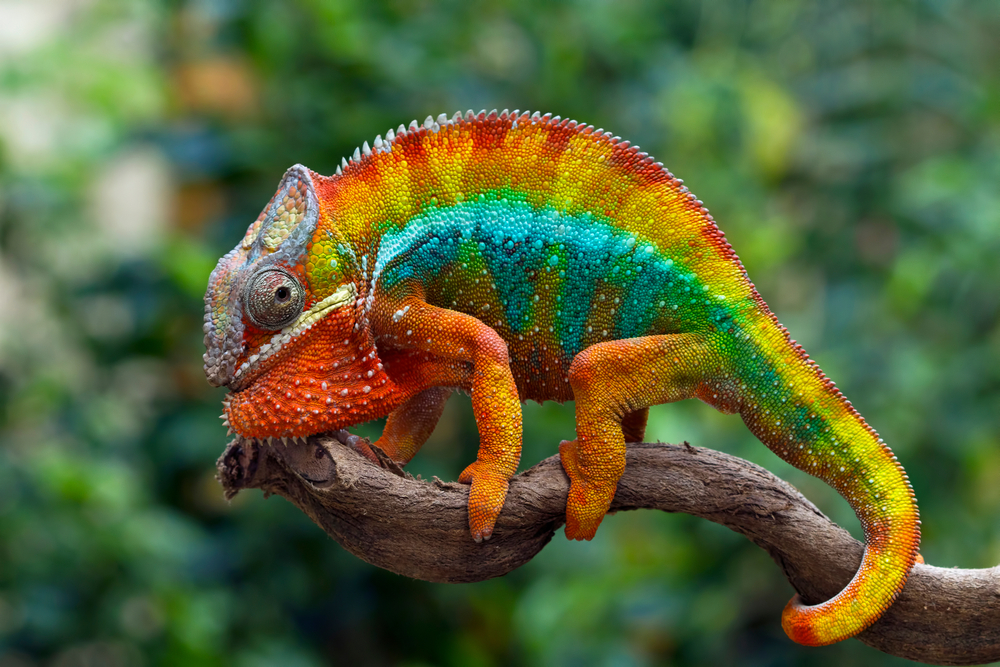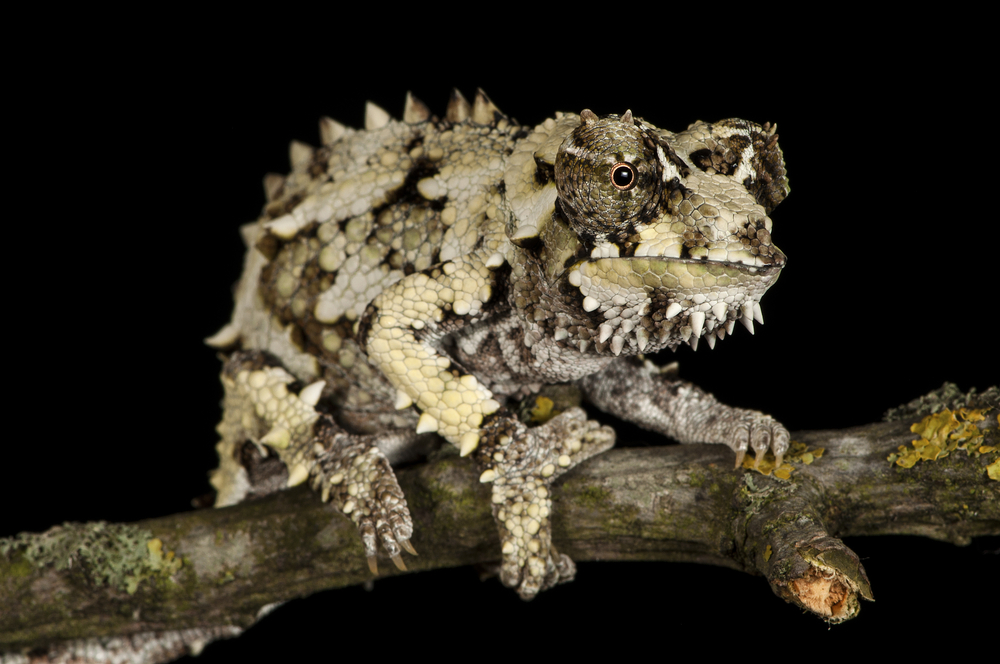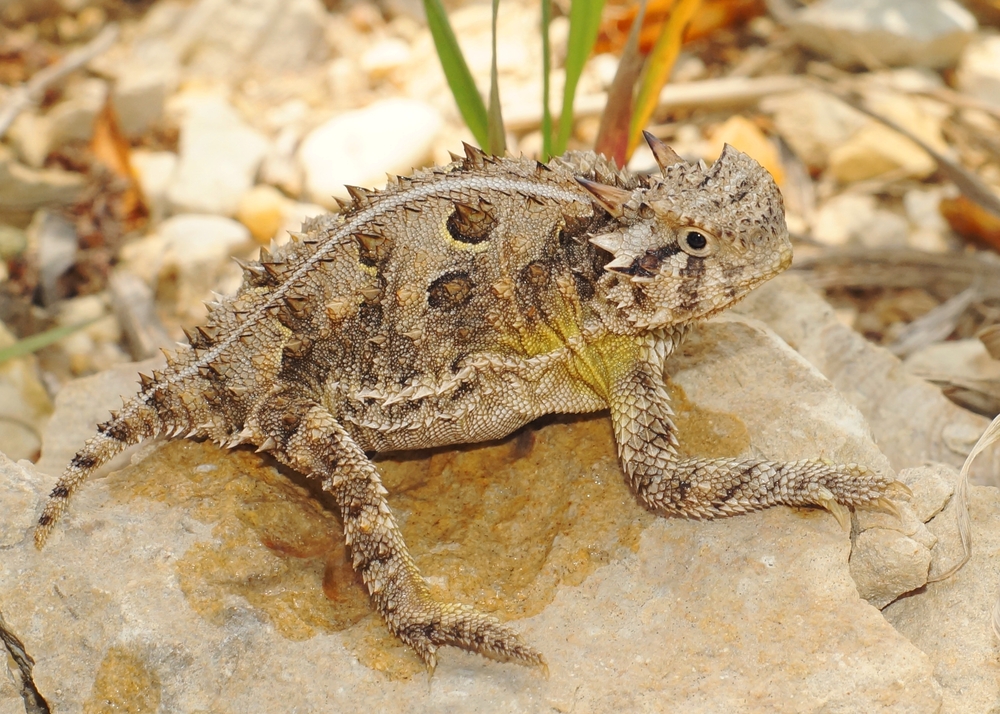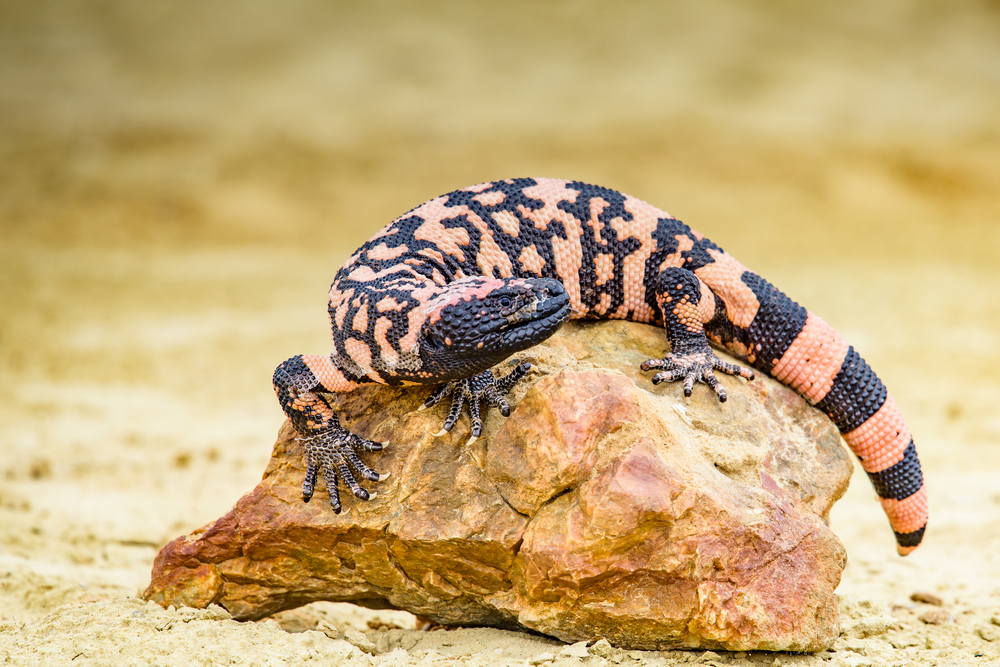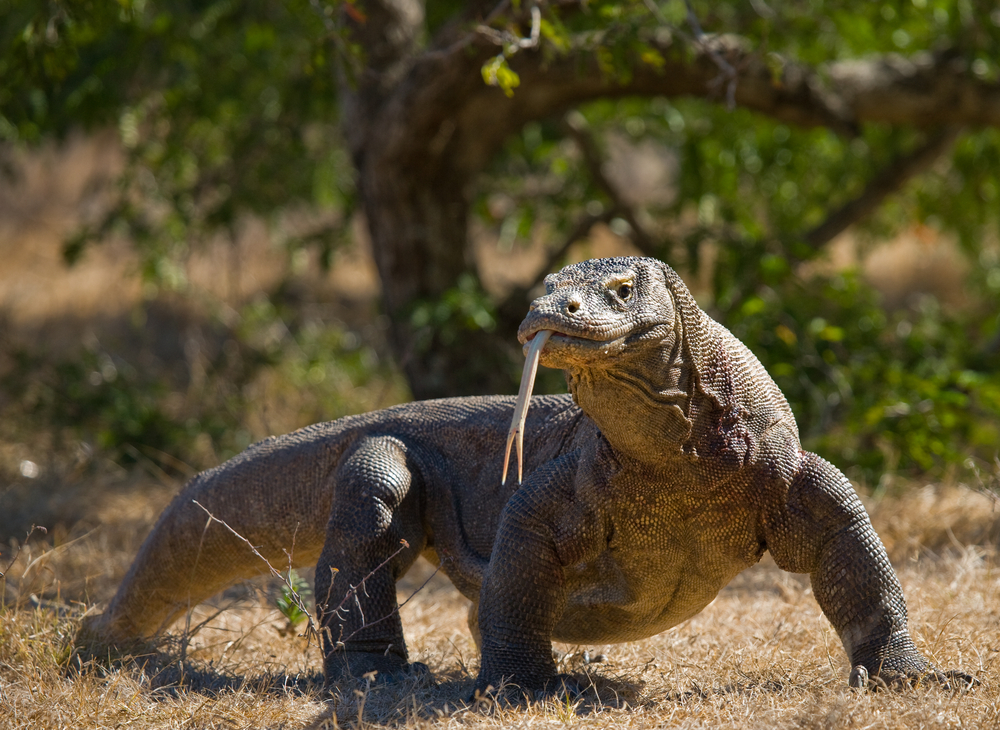Uniqueness
The Veiled Chameleon is one of the most recognizable and widely kept chameleon species, noted for its towering casque, partial omnivory, and adaptability to arid climates. Its striking appearance and hardiness make it a standout in both wild ecosystems and captivity.
Prominent Casque (Head Crest):
Veiled Chameleons possess one of the tallest casques of any chameleon species—up to 2 in (5 cm) in adult males. This helmet-like structure helps with thermoregulation and water collection, channeling dew or rain toward the mouth.
Partial Herbivory:
Unlike most chameleons, which are strictly insectivorous, veiled chameleons exhibit omnivorous tendencies. They frequently consume leafy greens, flower petals, and fruits, especially in dry conditions—an adaptation for hydration and fiber intake.
Coloration and Display:
Veiled chameleons feature bold, vertical striping and vibrant green, yellow, and turquoise hues. Their coloration shifts with mood, temperature, and social encounters. Gravid females display dramatic, high-contrast patterns as a rejection signal to males.
Highly Reproductive:
This species is known for its prolific egg production. Females can lay 20 to 80+ eggs per clutch and produce multiple clutches per year, even without mating, due to sperm storage. This remarkable fertility contributes to their abundance in captivity—but also requires careful management to prevent health issues.
Widespread Success in Captivity:
Veiled chameleons are among the most commonly bred and studied chameleons worldwide. Their tolerance for environmental fluctuation, large size, and visible behaviors make them popular in the pet trade and educational settings.
Adaptation to Arid Environments:
Unlike most chameleons that favor humid forests, C. calyptratus thrives in semi-arid habitats, including rocky hillsides, dry scrub, and wadis. This ecological versatility allows them to survive in marginal climates that deter other chameleon species.
Invasive Potential:
Due to pet releases, veiled chameleons have established invasive populations in southern Florida, Hawai‘i, and other subtropical regions—posing ecological concerns due to their appetite for native insects and small reptiles.
Veiled chameleons’ unique combination of structural adaptations, reproductive power, and ecological flexibilitymakes them one of the most successful and studied chameleons in the world. Their visual appeal and interactive behaviors continue to capture the interest of scientists, herpetologists, and hobbyists alike.



































































